Evolution is a relentless sculptor, constantly refining life forms to better suit their environments. Over millions of years, natural selection has favored certain traits while discarding others. Humans, shaped by this powerful force, have lost a variety of body parts that once served a purpose. Let’s explore ten fascinating examples of these evolutionary leftovers.
Brow Ridges

Early humans, such as Homo erectus and Neanderthals, possessed prominent brow ridges, similar to those seen in chimpanzees and gorillas. Today’s Homo sapiens, however, have much flatter faces and higher foreheads. Why the change? Researchers suggest it may be linked to social interactions. Anthropologist Grover Krantz found that people reacted negatively to a Homo erectus-like facemask, indicating that brow ridges may have been perceived as unfriendly. As humans became more social and community-oriented, more expressive and movable eyebrows replaced the intimidating brow ridges, providing subtler ways to convey emotion.
Claws
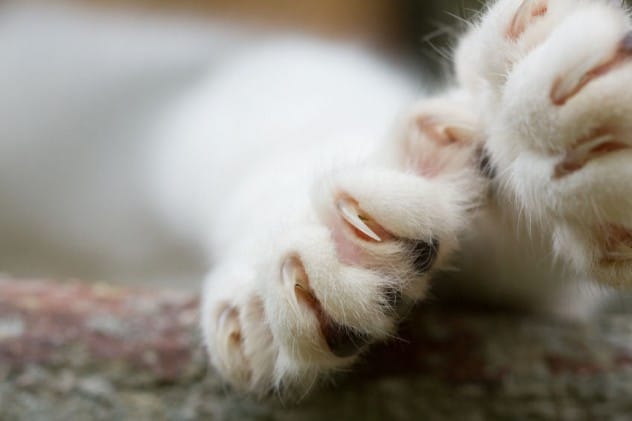
In the animal kingdom, claws are typically associated with carnivores, while herbivores have hooves. Omnivores like early primates also had claws, which they used for digging and scratching. When primates transitioned to life in the trees, claws became a hindrance. Claws made it difficult to move between branches, so hands and fingernails evolved, providing better grip and dexterity for arboreal locomotion.
Prehensile Feet
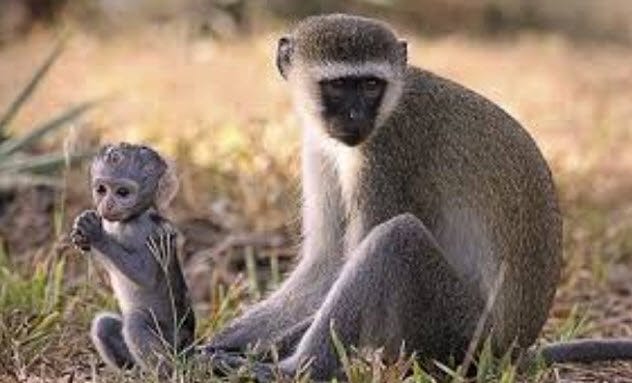
Many primates use their feet like extra hands, grabbing objects and hanging from branches with ease. These are prehensile feet. Humans, however, are an exception. Our early ancestors possessed prehensile feet, but as they started walking on the ground, their toes became straighter and less flexible, evolving for walking and running. The big toe was the last to lose its flexibility, marking a significant step towards bipedalism.
Canine Teeth
Look at the teeth of apes like chimpanzees and gorillas, and you’ll notice their long, sharp canine teeth. Humans have canines too, but they are much smaller and less prominent. Early humans, like other apes, used these large canines to fight for dominance and mating rights. As early humans began to prioritize protecting their offspring over fighting, the need for large canines diminished. Over time, our canines have become the smallest they have ever been.
Long Arms
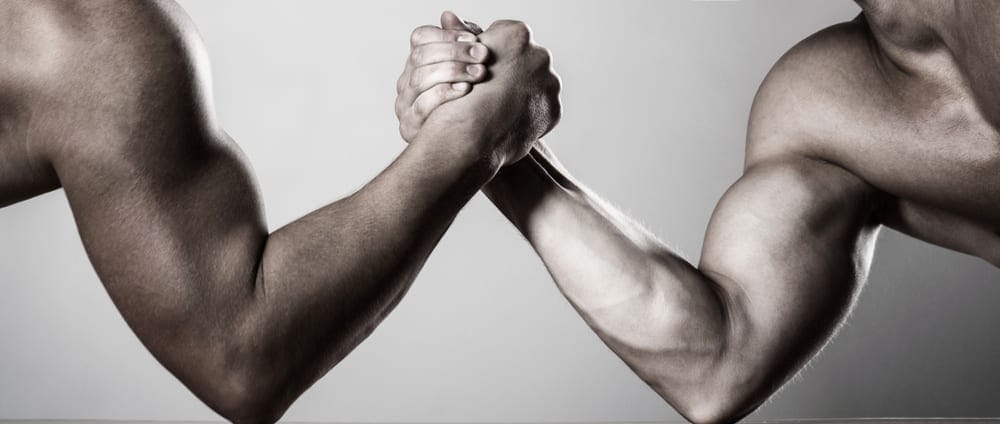
The earliest humans had long arms and short legs. Around 1.9 million years ago, as humans migrated to hotter climates and incorporated meat into their diets, their bodies changed. Meat is easier to digest than plants, leading to a smaller digestive system. Legs grew longer, enabling early humans to cover greater distances while hunting. This adaptation culminated in Homo erectus, whose long legs facilitated heat loss and long-distance travel.
Big Stomachs

As the human brain grew larger, particularly from Homo habilis to Homo erectus, one might expect the stomach to grow as well, to fuel the energy-hungry brain. However, the opposite occurred. Early humans transitioned from a diet of low-quality plants to a diet that included high-quality meat. Because meat is more nutrient-dense than plants, a smaller stomach was sufficient to extract the necessary energy and nutrients.
Large Eyes
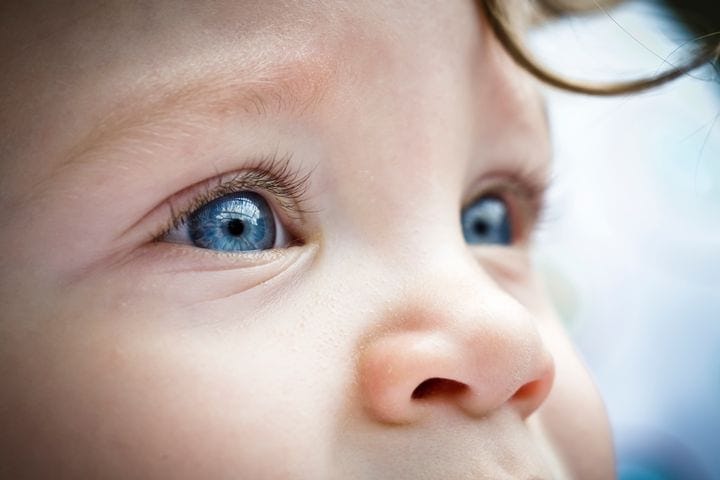
Neanderthals, who interbred with early Homo sapiens, had larger eyes than modern humans. Researchers believe this adaptation occurred as Neanderthals migrated to colder, darker regions of Europe and Asia. Larger eyes allowed them to capture more light. However, some theories suggest that this adaptation may have come at a cost, with a larger portion of their brain dedicated to processing visual information, potentially limiting the development of other cognitive functions.
Tails
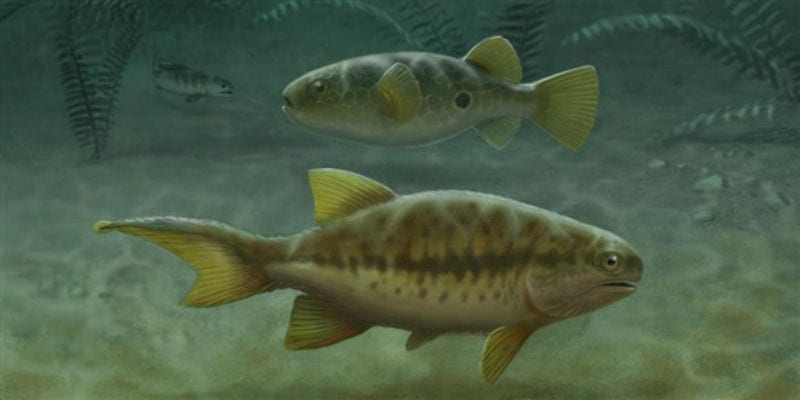
Modern humans develop tails as embryos and retain a small tailbone after birth, a vestige of longer tails from our evolutionary past. The ancestors of all land-dwelling creatures, lost one of its two tails. Millions of years later, that fish would completely lose its regular tail fin as it evolved from a sea-dwelling creature to a semi-aquatic, and later land-dwelling creature. The hominids that would later evolve into apes and humans lost this fleshy tail as they started walking on two legs.
Fur
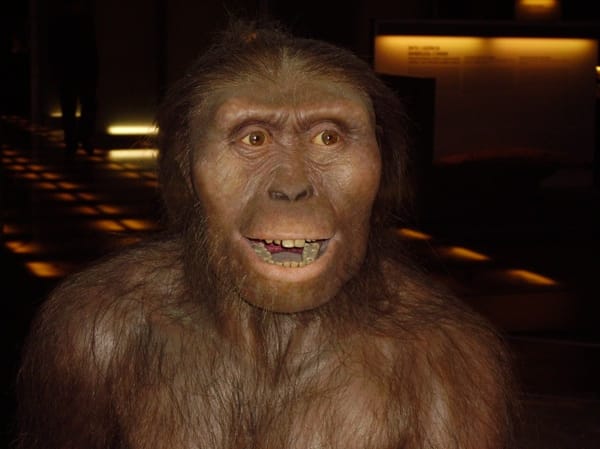
Our ancestors, such as Australopithecus afarensis, were covered in fur. As these hominins moved from the dense forests to the open savannah to hunt, they faced increased exposure to sunlight. Fur traps heat and prevents sweating, which would have caused overheating. Consequently, they began losing their fur to facilitate sweating and more efficient heat loss, eventually leading to the relatively hairless bodies of modern humans.
Whiskers

Most mammals have whiskers, and humans are no exception. We lost them around 800,000 years ago. Animals use whiskers to navigate in the dark and recognize objects. Humans transferred the functions of whiskers to other sensitive body areas, such as our fingertips, lips, and genitals, which became more adept at gathering information from our surroundings.
Evolution is a continuous process, and the human body is a testament to its adaptive power. The body parts we’ve lost reflect our changing environments, diets, and social structures. These evolutionary leftovers provide valuable insights into our past and the forces that have shaped us into the humans we are today.
What do you think will be the next body part to disappear? Leave your thoughts in the comments below!










